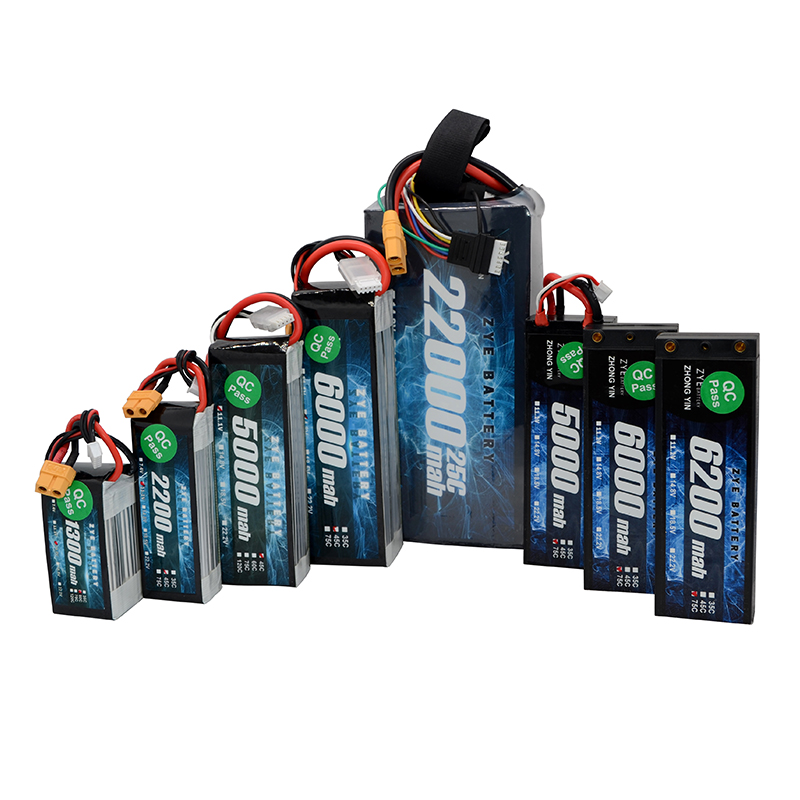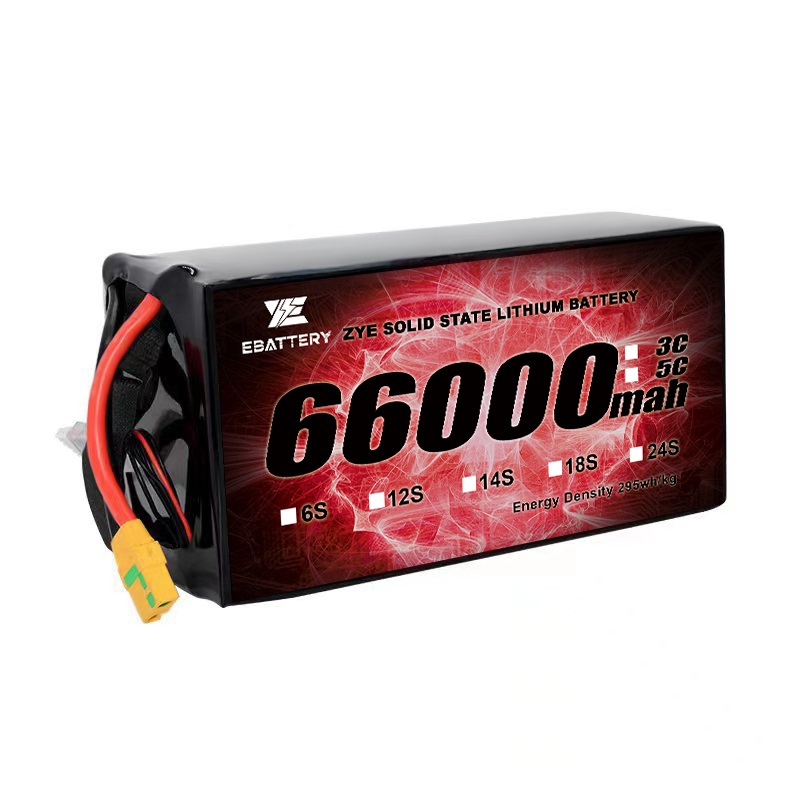How to choose the right lipo battery?
2025-08-29
Selecting the optimal LiPo (Lithium Polymer) battery for your drone is critical to unlocking its full performance potential while ensuring safety and longevity. Unlike solid-state batteries, LiPo batteries dominate the drone market due to their high energy density, lightweight design, and ability to deliver high burst currents.
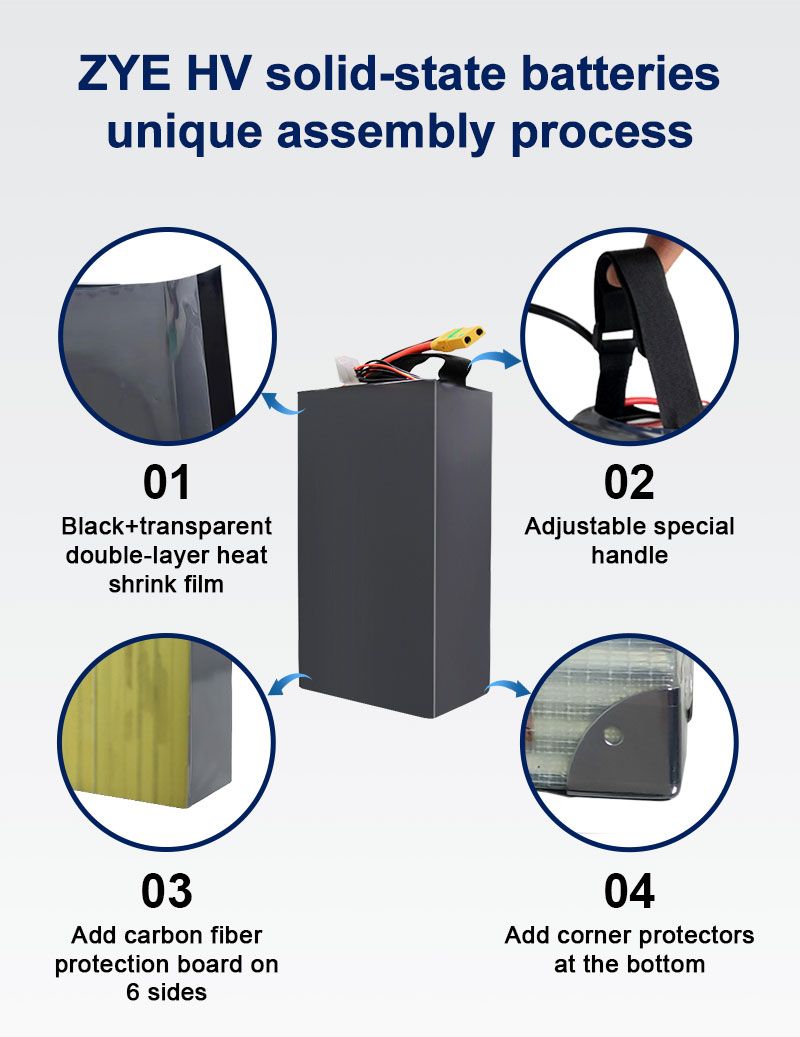
1. Understand Core LiPo Battery Parameters
LiPo batteries are defined by five essential parameters that directly impact flight performance:
Voltage (S Configuration)
Voltage determines the power output and speed of your drone’s motors. It is measured in "cells" (S), where each cell provides ~3.7V when fully charged.
Critical Rule: Always match the voltage specified in your drone’s manual. Using a higher voltage risks damaging the ESC (Electronic Speed Controller) or motors, while a lower voltage reduces performance.
Capacity (mAh)
Capacity, measured in milliamp-hours (mAh), dictates flight duration. A higher mAh generally means longer flights but comes with increased weight and bulk.
Tradeoff: Balance flight time with maneuverability. A 1,300mAh battery suits agile FPV drones, while a 6,000mAh battery is better for long-range mapping missions.
Discharge Rate (C Rating)
The C rating indicates the maximum current a battery can deliver. A 100C battery with 1,500mAh capacity can provide 150A (1.5Ah × 100C), crucial for high-thrust applications like racing or carrying payloads.
Myth Buster: Higher C ratings don’t always mean better performance. A 100C battery in a lightweight drone may cause excessive voltage drops and shorten battery life.
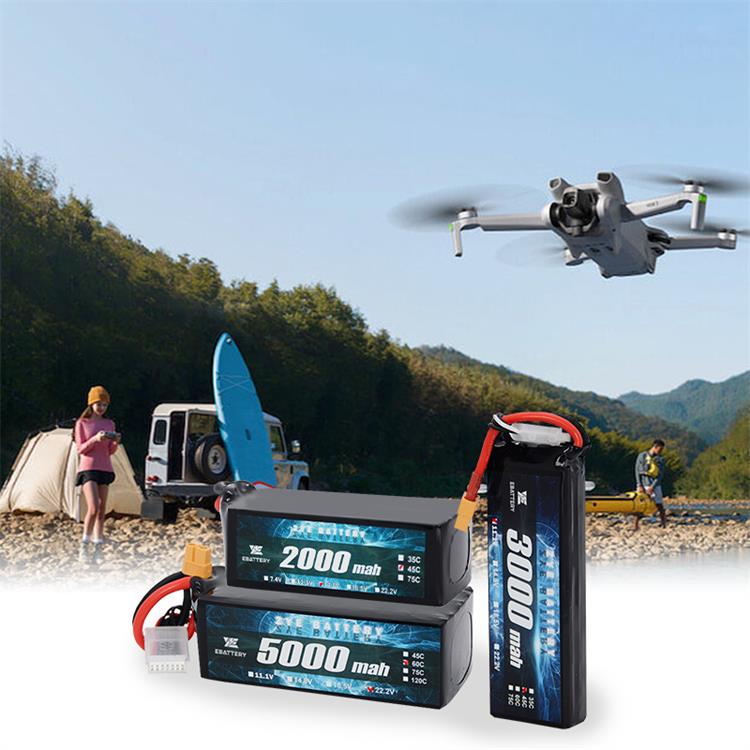
Physical Dimensions & Weight
Ensure the battery fits your drone’s compartment and doesn’t exceed weight limits.
Connector Type
Connectors like XT60, JST, or Deans Ultra must match your drone’s ESC. Mismatched connectors risk arcing (sparking) or loose connections. Always verify the plug type in your drone’s manual.
Prioritize Safety & Longevity
Battery Management System (BMS)
A BMS is a built-in circuit that protects against:
Overcharging: Stops charging at 4.2V per cell.
Overheating: Disables the battery if internal temperatures exceed 60°C.
Cell Imbalance: Equalizes voltage across cells to prevent premature degradation.
Recommendation: Always choose batteries with a smart BMS, especially for expensive drones.
Test & Iterate
After selecting a battery:
Flight Test: Monitor voltage drops and flight time. A healthy battery should maintain ≥90% of its rated capacity after 50 cycles.
Voltage Check: Use a multimeter to verify cell balance. Cells should differ by ≤0.02V when fully charged .
Log Performance: Track cycles, flight duration, and temperature to identify early signs of degradation.
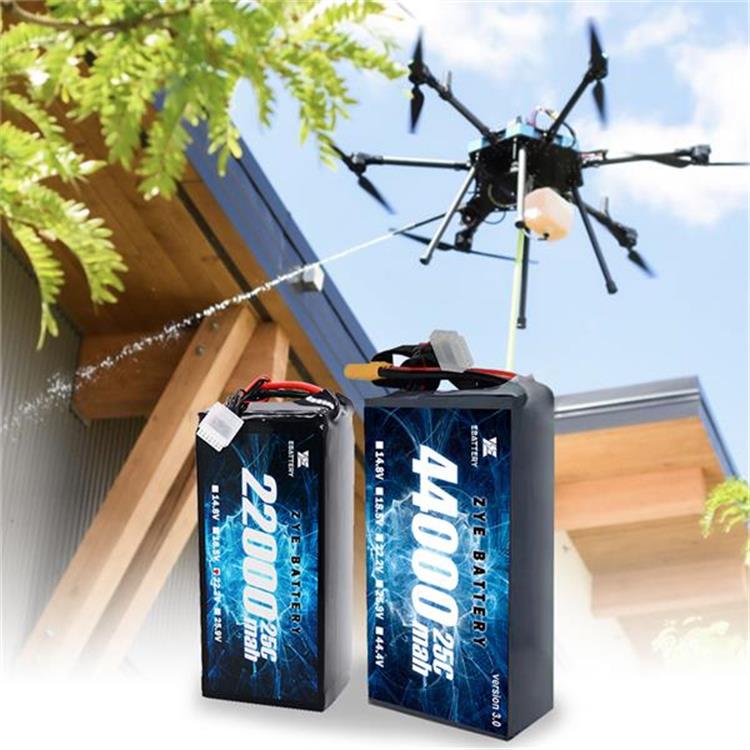
Conclusion:
By systematically evaluating these factors, you’ll ensure your drone performs optimally while minimizing risks. Remember, a well-chosen LiPo battery is an investment in both safety and aerial productivity.
If you have any questions about battery care or are looking for high quality lipo battery solutions, please feel free to contact us at coco@zyepower.com. We're here to help you power your projects safely and efficiently.























































